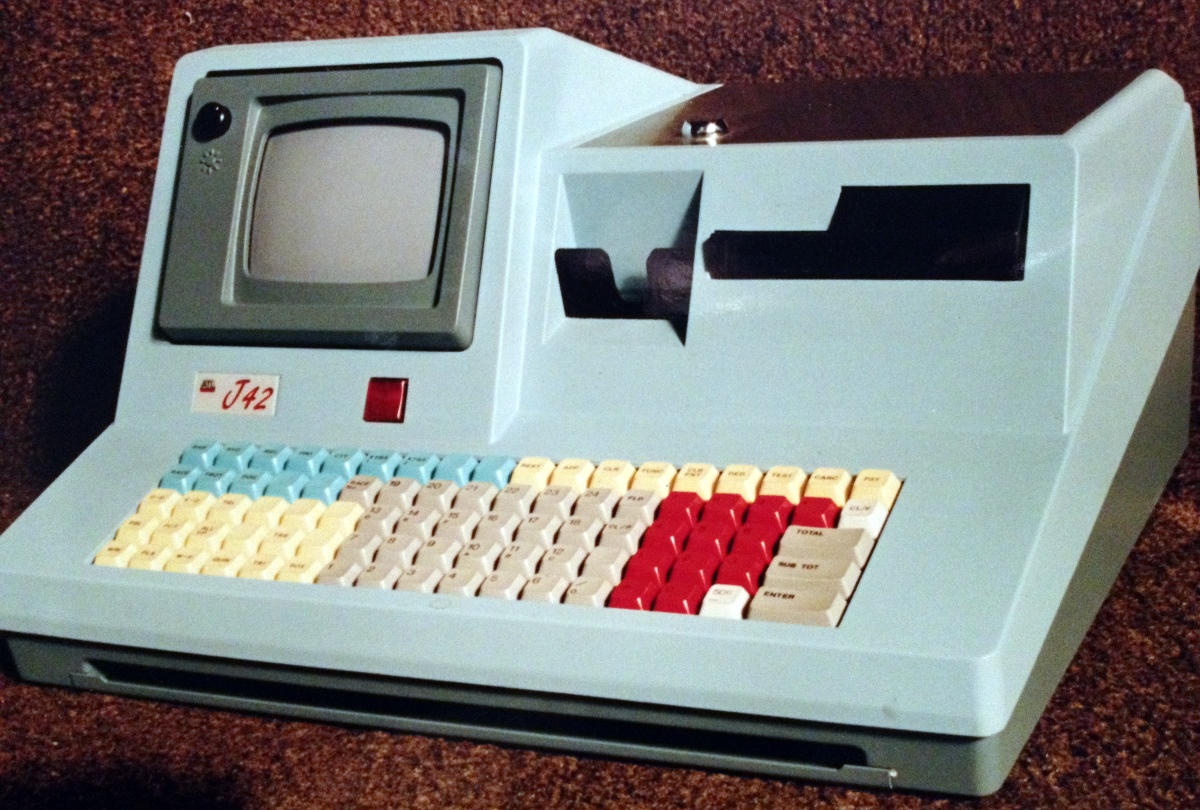A J42 TIM
This is an image of a J42 TIM (Ticket Issuing Machine) from the 1980s. Following is some information from a company sales brochure titled A Winning Combination.
A Winning Combination
From the Australian company who invented the world's first mechanical totalisator comes the latest development on computerised wagering terminals...the modular, multi-function J42. Compact and versatile, fully intelligent and integrated, the J42 sets new industry standards in performance, reliability and serviceability. Inbuilt, self-contained modules include a ticket printer, keyboard, operator screen, customer display and mark sense reader. All modules are self-diagnostic and easily replaceable on-site, dramatically reducing downtime and repair costs. The J42 also provides no-fuss interfacing and simple connection to any make of computer. A wide range of options is available and ATL can offer you flexibility for your specific system requirements.
More after the image...

Click on the image to go back to the photo gallery
This is an Automatic Totalisators company Photograph